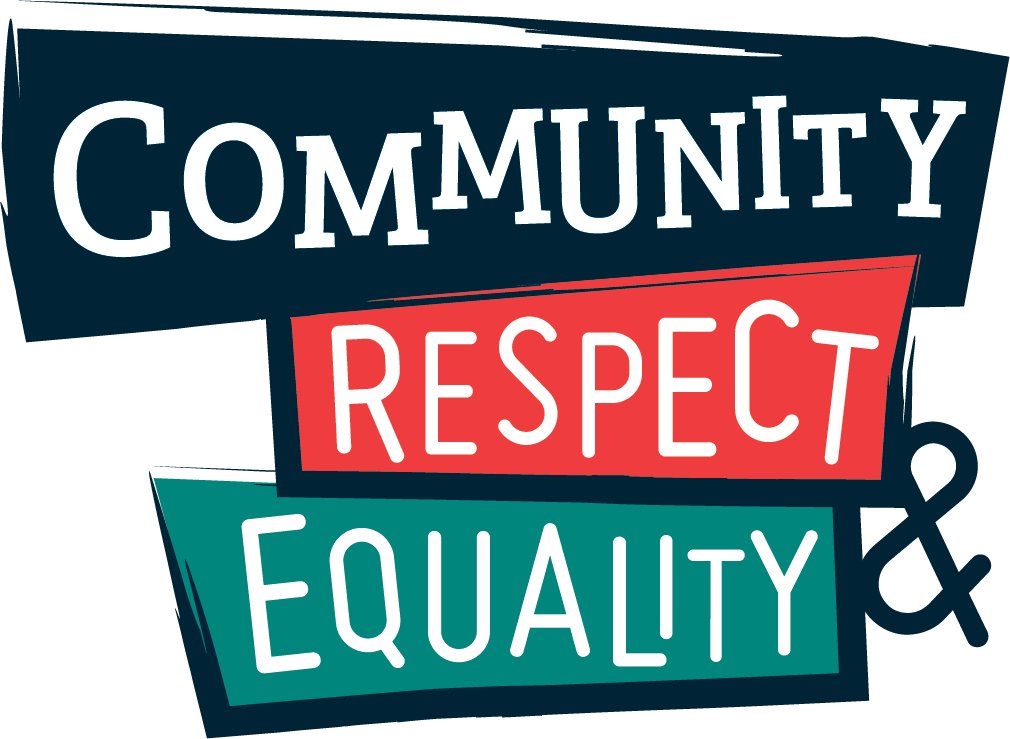Community Context
|
Local Context: Geraldton is located at the heart of the Midwest region, situated just over 400km north of Perth. The city is the major regional service centre for the Mid West-Gascoyne region, and is WA’s most diverse regional economy, supporting numerous industries, including fishing and tourism, mining and agriculture, small business and a comprehensive range of tertiary service industries (Progress Midwest, 2023). Geraldton has a rapidly growing and diverse population, home to over 40,000 people with 9.7 percent identifying as Aboriginal and/or Torres Strait Islander, and 23.5 percent born overseas (Australian Bureau of Statistics, 2021). Devastatingly, Family Domestic violence in Geraldton and surrounding communities is a significant problem. The Midwest – Gascoyne Police Family and Domestic Violence Response Team attend an average of 234 Family Violence incidents a month for a total of 2819 incidents for the 2016/17 financial year (Department of Communities, 2017).
State Context: These figures are amongst the highest in in the state, with the Kimberley the only region in the state with a significantly higher per capita reporting of family violence (ABS, 2016). According to the ABS Personal Safety Survey 2012, 80% of women who experience violence from a current partner do not contact Police. When this low level of reporting is taken into account, the estimated number of family violence incidents in the region is closer to 14,000 per year.
National Context: In Australia, women from all different backgrounds are impacted by violence, which can occur at any time in their lives. Many experience violence perpetrated by someone known to them, often a partner or ex-partner. Others experience workplace sexual harassment or harassment on the street, or in another public place. Others experience violence within an institutional context. Some women experience multiple different forms of violence, harassment or abuse during their lifetimes – from a range of different perpetrators and in various different contexts. While there are gaps in, and limitations to, Australian prevalence data, the information we have points to some of the ways the dynamics of violence differ across age and demographic groups, and gives a picture of the many different forms of violence that women experience: · In Australia, on average, one woman a week is killed by a partner or former partner, and the killing of children is also strongly correlated with a history of domestic/family violence. · One in five women has experienced sexual violence since the age of 15. In the most recent incident of sexual assault, 87 per cent of women were assaulted by a male they knew. In 2015 alone, 5.1 per cent of women (480,200 women) experienced sexual violence. · One in three women has experienced physical violence by a partner, other known person or a stranger since the age of 15. (OurWatch, 2021). Violence has significant impacts on women’s short and long-term physical and mental health and wellbeing. In Australia, intimate partner violence, alone, contributes to more death, disability and illness in women aged 15 to 44 than any other preventable risk factor. It is estimated that the cost of violence against women to the Australian economy by 2024- 2045 will be over $323 billion dollars (OurWatch, 2021). Together, we can stop violence before it starts and prevent harm against women. By actively facilitating primary prevention efforts, we not only create a violence-free future for women, but also contribute to building a more just, equal, and respectful society for everyone, fostering inclusive and equal communities that respect and value diversity and difference.
Federal & State Alignment All Community, Respect and Equality initiatives align with the following federal and state frameworks: 1. OurWatch Change the Story 2021 – an evidence-based framework to preventing violence against women https://www.ourwatch.org.au/change-the-story/change-the-story-framework
2. OurWatch Changing the Picture – actions to address the drivers of violence against Aboriginal and Torres Strait Islander women https://www.ourwatch.org.au/change-the-story/changing-the-picture
3. OurWatch Changing the Landscape – a national resource to prevent violence against women and girls with disabilities https://www.ourwatch.org.au/change-the-story/changing-the-landscape
4. National Plan to End Violence Against Women and Children 2022-2032 https://www.dss.gov.au/ending-violence
5. Path to Safety – Western Australia’s Strategy to reduce family and domestic violence 2020-2030
6. Foundations for Change – a Western Australian framework to guide primary prevention of violence against women
7. Safe and Supported: The National Framework for Protecting Australia’s Children 2021–2031
8. Stronger Together: WA’s Plan for Gender Equality – Second Action Plan 2021-2025 https://www.wa.gov.au/system/files/2022-01/WA-Gender-Equality-Second-Action-Plan.pdf
9. Closing the Gap National Agreement https://www.closingthegap.gov.au/national-agreement/national-agreement-closing-the-gap
These frameworks serve as the foundation for our commitment to maintaining consistency and alignment with the overarching state and federal goals and strategies. As a community-led initiative, our approach has strong foundations in collaboration and engagement, fostering alliances with diverse and community stakeholders. This model ensures that our efforts are not only evidence-driven, but also reflective of a collective commitment to effecting positive change in our community. |
